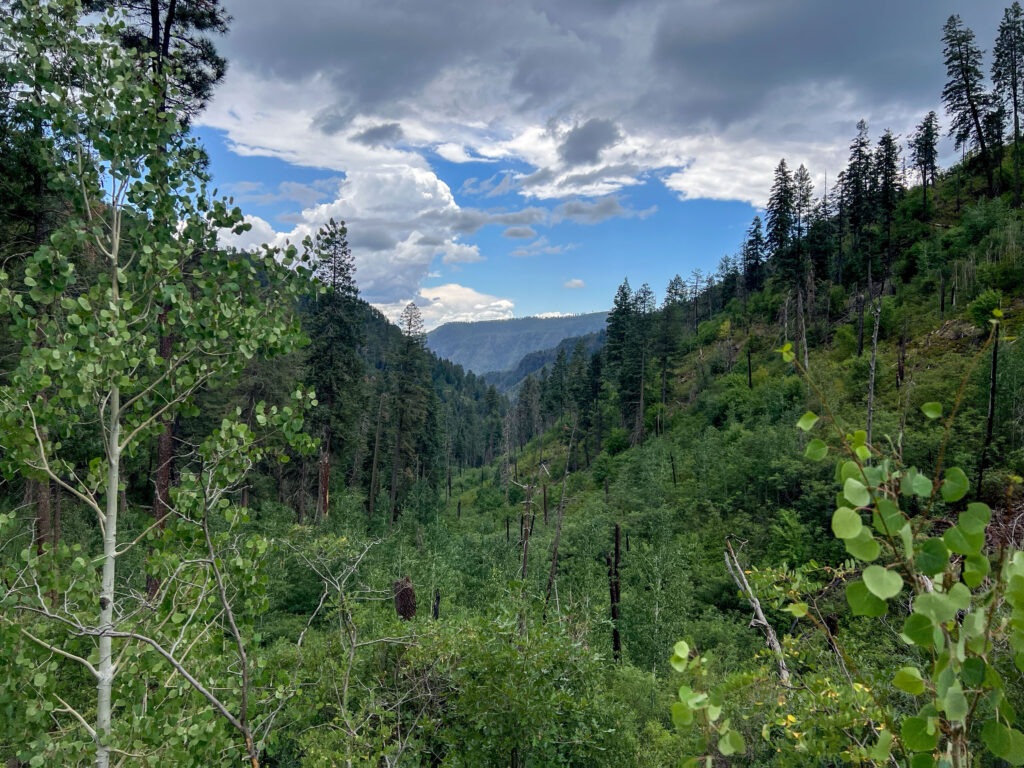
Written by Chloe Ondracek, Wild Stew Field Crew Assistant Crew Leader.
This week the crew returned to the Apache-Sitgreaves National Forest, commonly referred to as the A–S (pronounced “A-bar-S”), to work on the North Fork KP Trail #93. Throughout the summer we’ve spent a handful of hitches on this forest, previously working on Strayhorse Trail and Bear Wallow Trail. Personally, I have been blessed with many opportunities to make the A-S my office over the last few years during which I’ve grown to consider it one of my favorite places in Arizona. Summer there is always filled with beautiful vistas, lush greenery, and abundant wildlife. This hitch we spotted a herd of elk, a family of wild turkeys, and possibly even a Mexican grey wolf!

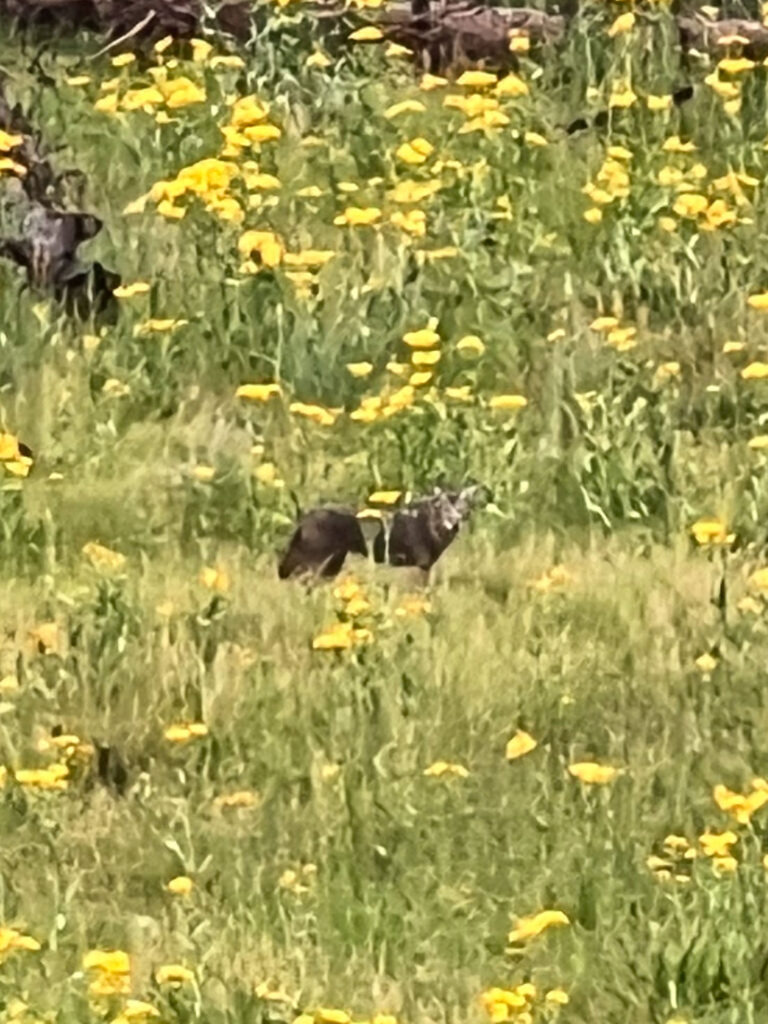
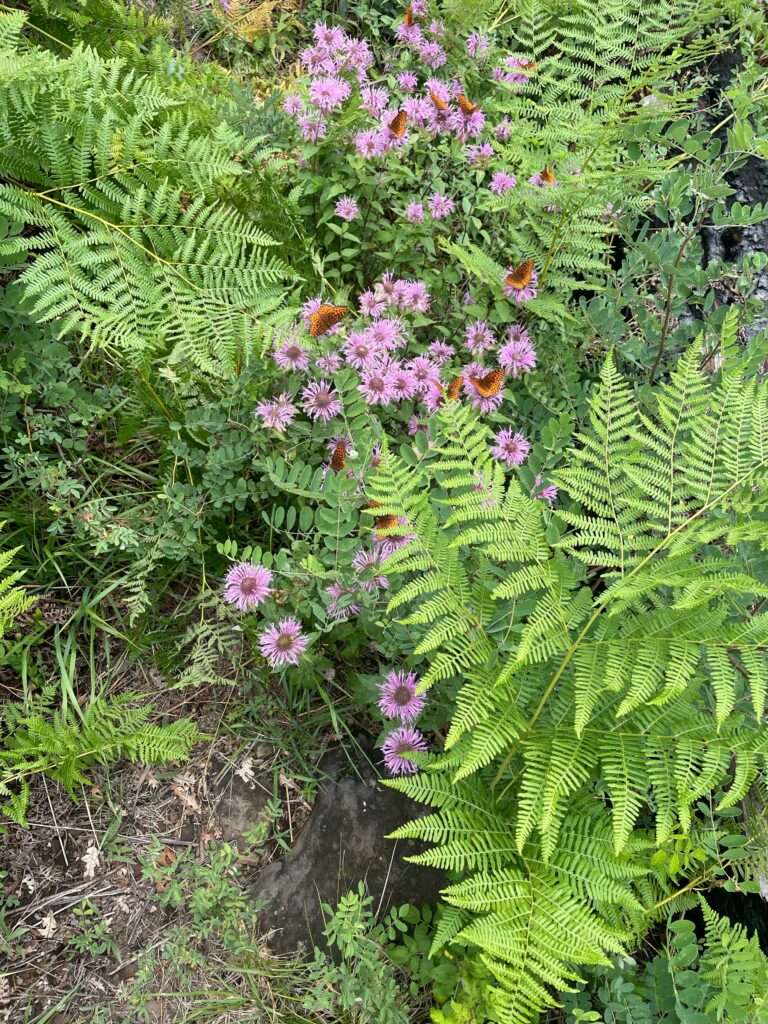
The majority of our efforts were dedicated to brushing the trail corridor. Although not the most glamorous part of trail work, it is very satisfying work as it provides an immediate visual reward through the stark contrast from before to after. Many sections of this trail were covered in dense overgrowth of Locust plants, which feature impressive thorns. However, their hostility was soon forgotten by consuming copious amounts of wild raspberries — one simply could not let the berries go to waste!
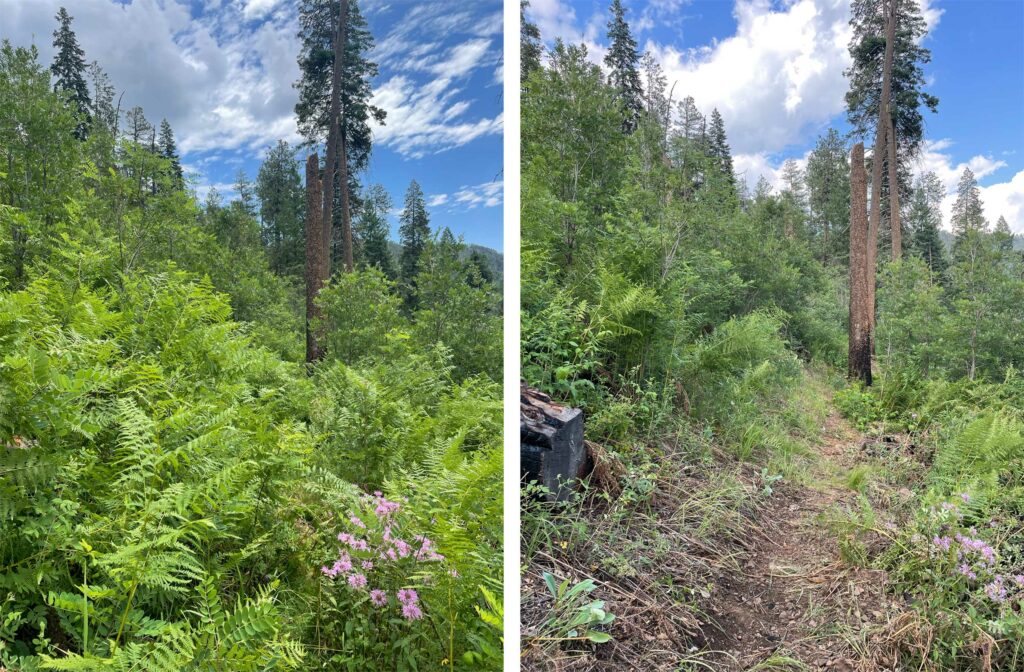
We also touched up the tread in sections where it had become narrow and dangerous to walk on. Treading is an important, but tiring part of trail work so we must prioritize the worst parts of the trail. Once there is a safe, continuously defined path it is up to hikers, horseback riders, and wildlife to finish the job simply by using the trail. And with 1.7 miles now open and clear we’d love to have boots, hooves and paws making use of the newly minted tread.
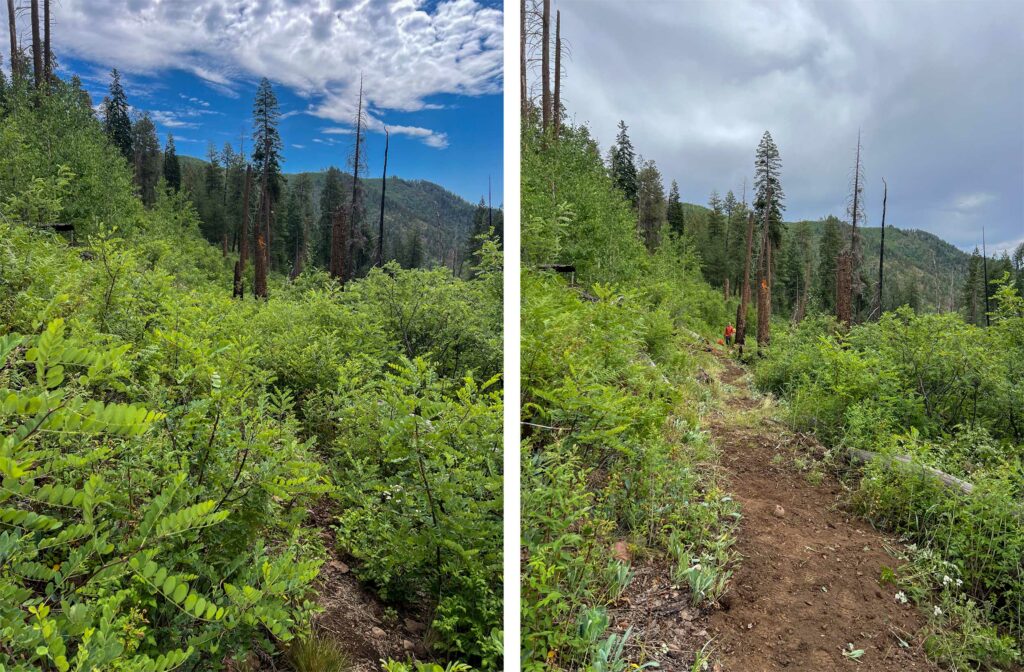
The last and, in my opinion, most fun part of maintaining a trail is clearing trees that have fallen across the trail. At times during the season we’ve worked on trails that run through large burn scars, in which case this is the majority of the work. On this trail, however, there were just enough downed logs to provide a spark of excitement upon spying a chance to bust out the crosscut saw. Each log presents a unique set of challenges and figuring out how to approach every cut is a nice change of pace from the more monotonous tasks described earlier. Sometimes there are multiple logs down in close proximity to each other (or even piled on top of each other) making for a big, fun puzzle to solve! All in all, we have 29 logs that will no longer impede trail users!
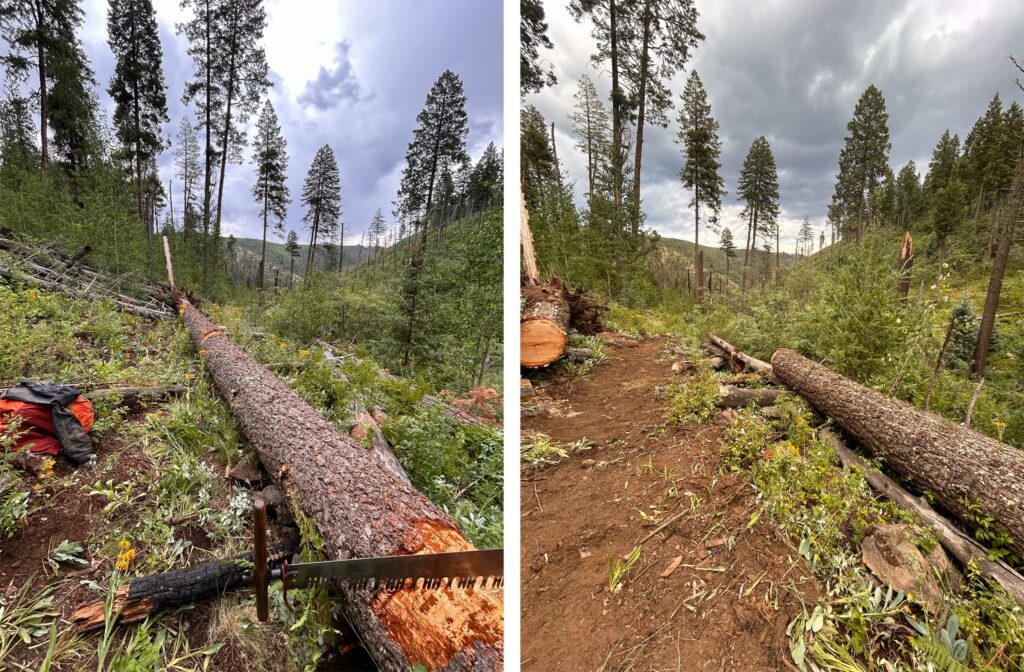
Overall it was a great way to wrap up a summer of trail maintenance. Stay tuned to hear about a cool project of a different nature next week!
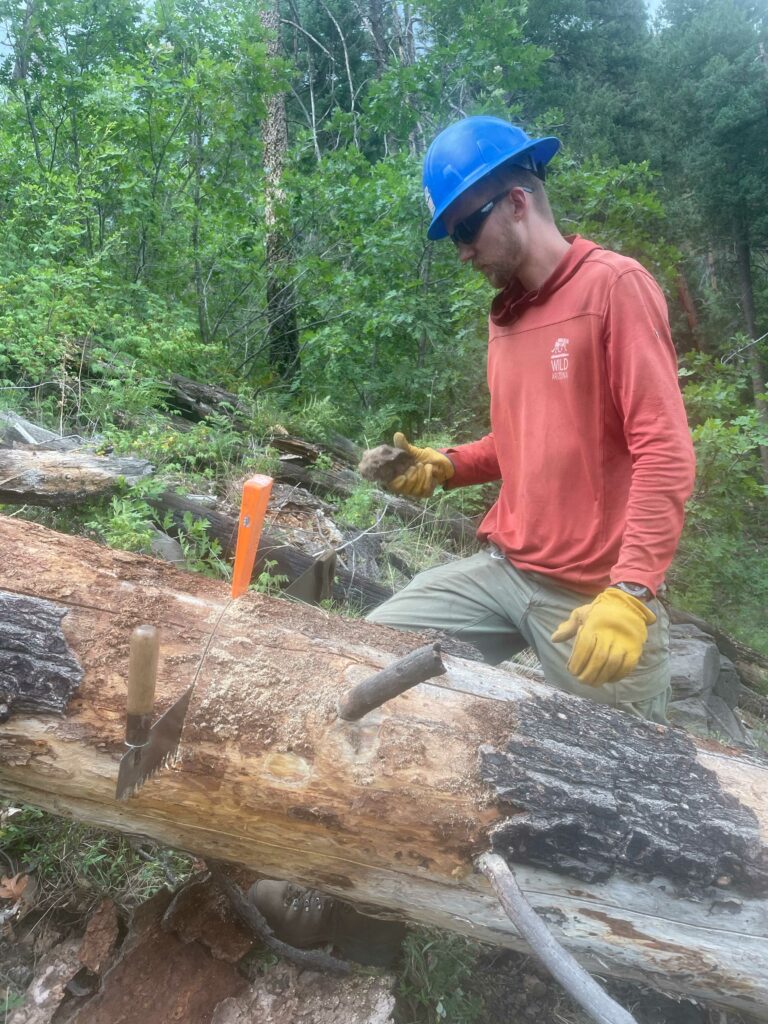
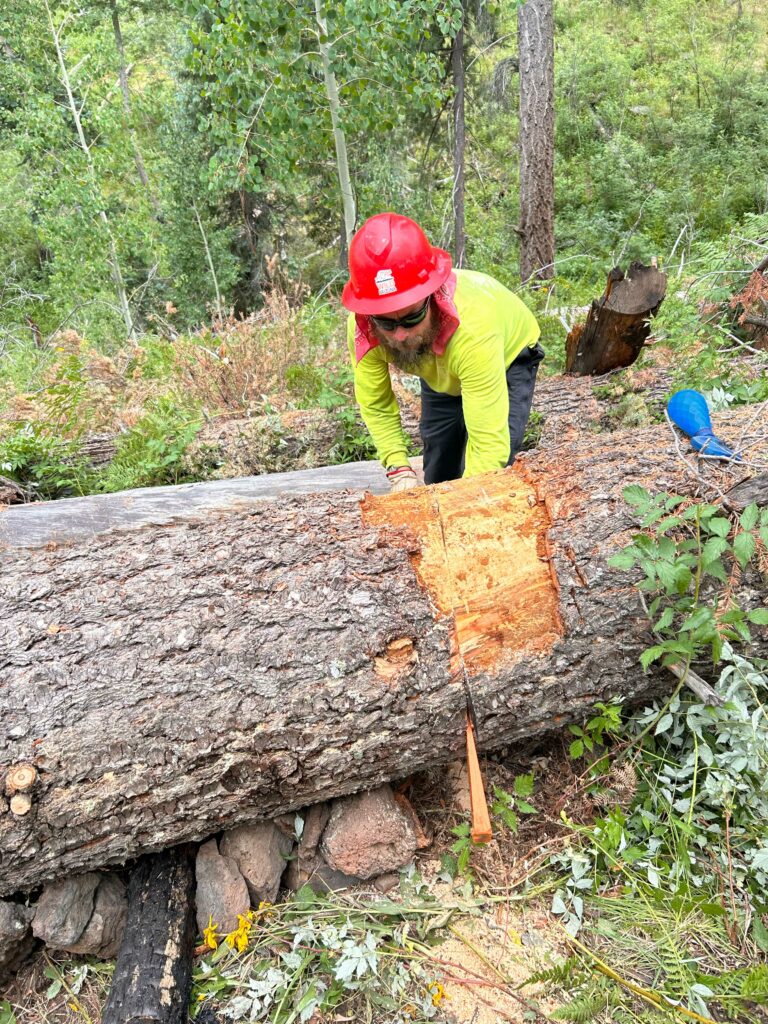
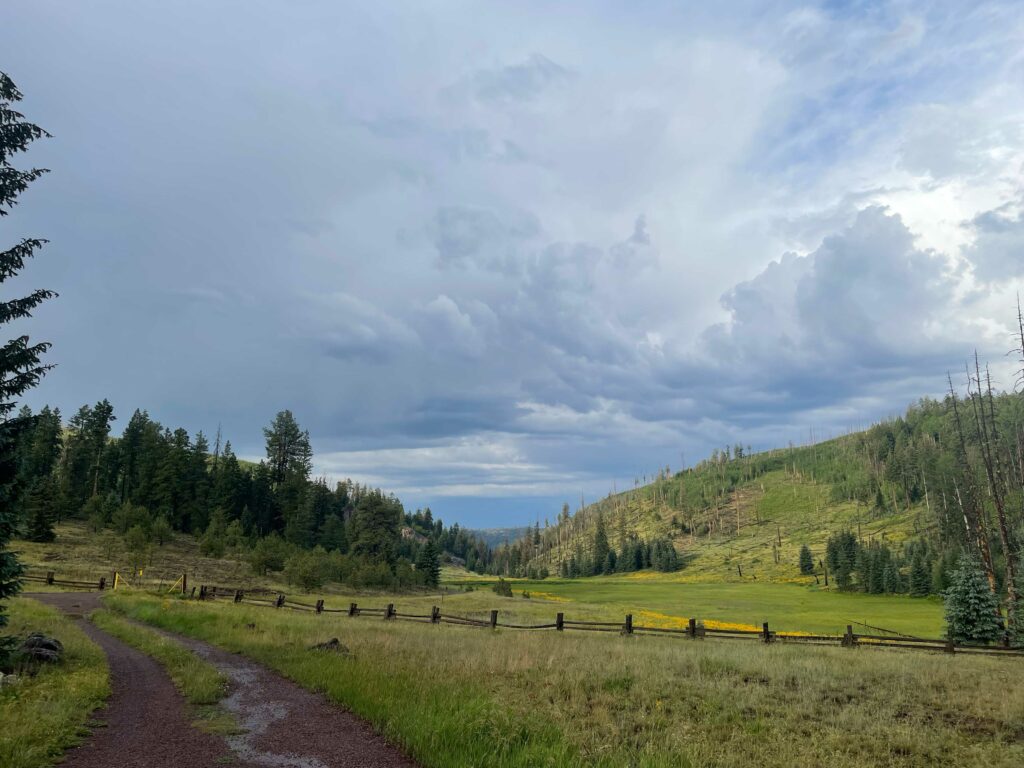




 Sunshine & Snowstorms
Sunshine & Snowstorms  on the Highline Trail
on the Highline Trail





